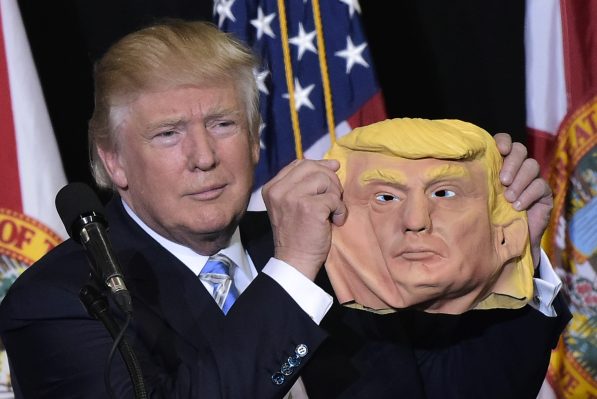This presidential election pitted two candidates who were the No. 1 and No. 2 most disliked candidates, ever, for president.
Why is this happening in our golden age of technology, when information is widespread and organizing easier than ever?
We don’t like the candidates we see because we don’t have enough leaders, and I mean that in a political sense. We simply don’t have enough people running for office, and when we do, they all too often come from a narrow group made up of wealthy, white, middle-aged males.
This isn’t some hunch of mine — the Pew Foundation did a great study on this in 2014 and found that only 2 percent of our population ever runs for office.
Now, if you live in Oakland, Calif., you may say, “What problem?” and that’s because they simply are a town with high civic engagement and frequently very good candidacy turnout.
However, if you were to look in Los Angeles County, our nation’s most populated at over 10 million, you would see a historic pattern of dozens of uncontested elections.
Same thing in Cook County, Illinois, where in the 2015 municipal elections they only had 37 percent of their almost 700 local races with two people running. The other 63 percent of those races? Simply unopposed.
I don’t believe that it’s people not caring, and I’ve placed my bet on the other side of the table: Plenty of people do care about local representation and are willing to step up and run. I’m betting that the only reason we haven’t been running is kind of simple: the information is not consolidated anywhere and it’s been difficult to uncover what we can run for and how to get on the ballot prior to the filing deadlines.
For first-time candidates, the types of “fresh faces” we often claim to want, this process can be daunting and surely prevents some of our best neighbors and friends from running for office.
Don’t settle for a hollow democracy with unopposed races.
In fact, more and better candidates can engage others. Nothing drives voter turnout more than a popular candidate.
Barack Obama and George W. Bush? Both were pretty popular candidates and it showed in voter eligible population turnout during years 2004 (62.1 percent), 2008 (63.7 percent), and 2012 (60 percent).
In 2016, we had Donald and Hillary, and the overall voter turnout has dropped to 55.4 percent. What happened? We have more civic tech tools than ever, and more non-profits registering and educating voters, why didn’t they vote?
Well, they just didn’t like the candidates and/or the message behind them. Misinformed? Sure. Just like every election cycle. But people didn’t rally behind either candidate and that was evident from the sluggish turnout they both received.
So, run for office. You can win and begin a different aspect of civic engagement, or you can also be the person who helps voter turnout for the candidates you like up and down the ballot. Even if you lose, you’ll win.
